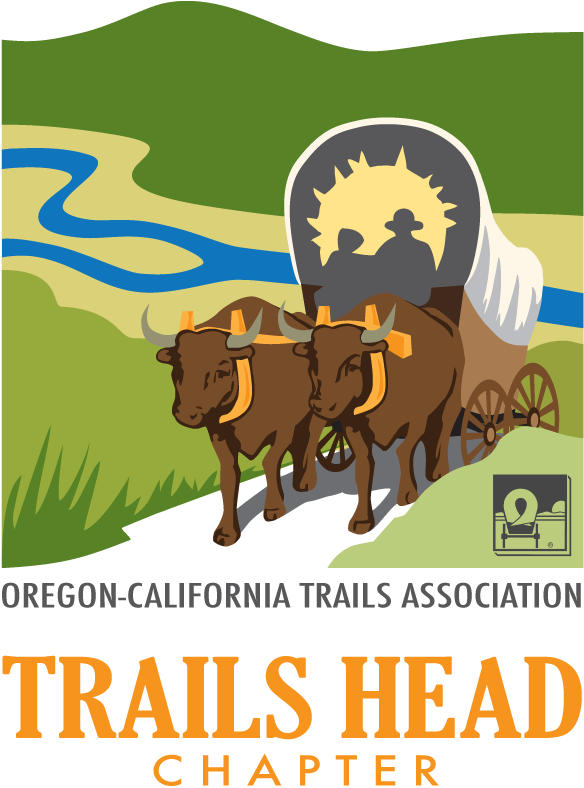Missouri Through Kansas
FOUR NATIONAL HISTORIC TRAILS IN THE KANSAS CITY AREA
The Kansas City area was one of the very key historic locations in the Westward Movement of the United States. First of all, in the early 1800s, rivers like the Ohio and Missouri Rivers were the only available “highways” for westward travel. Since we are located at the “Big Bend” of the Missouri River, the freighters and emigrant travelers deboarded here and went overland on the trails.
Secondly, Missouri was made a state in 1821 and its western border was the dividing line under the 1830 Indian Removal Act between settlers and Indian Tribes. Therefore there was no towns or commercial enterprises west of the Missouri border, which was coincidentally at our Big Bend. Therefore, not only did the freight boats and the travelers unload here, they had to outfit and buy their supplies here in the early towns of Independence and Westport, Missouri.
The earliest National Historic Trail through here was the Lewis and Clark Corps of Discovery Expedition on the Missouri River in 1804 and returning through here in 1806. They started in Pittsburgh, PA and went down the Ohio River and up the Mississippi River to St. Louis.
The Santa Fe Trail started in 1821 when William Becknell and five companions left Franklin, Missouri with packhorses loaded with trade goods to sell in Santa Fe. They were the first trading party to successfully make it through to Santa Fe without being arrested. Mexico had just won its independence from Spain and really wanted and needed to trade, unlike Spain. Many trading parties started going both ways on that trail after 1821. This early Santa Fe Trail came along the south side of the Missouri River to Ft. Osage, then proceeded on west through Jackson County, crossing the state line at about 78th Street.
After Independence was founded in 1827, the Santa Fe National Historic Trail was opened from Independence and continued down Blue Ridge Boulevard, crossing the state line at 123rd Street. After Westport was founded in 1834, a second route was opened from Westport Landing at the foot of Main Street, down to Westport and the two branches crossed the state line at 45th Street and at 69th Terrace. The Oregon and California National Historic Trails, using the above routes, began carrying emigrants west about 1840.
The Bidwell-Bartleson Party was the first wagon train to California, leaving from Sapling Grove at 82nd and Grant in Overland Park, KS. The Great Migration of 1843 to Oregon, involving nearly 1000 emigrants using the above routes, left the Kansas City area in several parties that assembled in Topeka to cross the Kansas River.
The Santa Fe Trail was active carrying both freight and emigrants to not only Santa Fe, but also on to California in substantial numbers. With the start of the Civil War in 1861, the travel dropped significantly and essentially ended with the beginning of railroad construction from the Kansas City area in 1865.
The Oregon and California Trails were active from Kansas City until about the mid-1850s. By that time, the river boats were continuing on up to St. Joseph and Council Bluffs/Omaha, and most of the emigrants started their overland journeys from there.
As summarized above, the Kansas City area was the key departing point for travelers and freighters to the west during the Westward Movement era and therefore is the location of four National Historic Trails.


